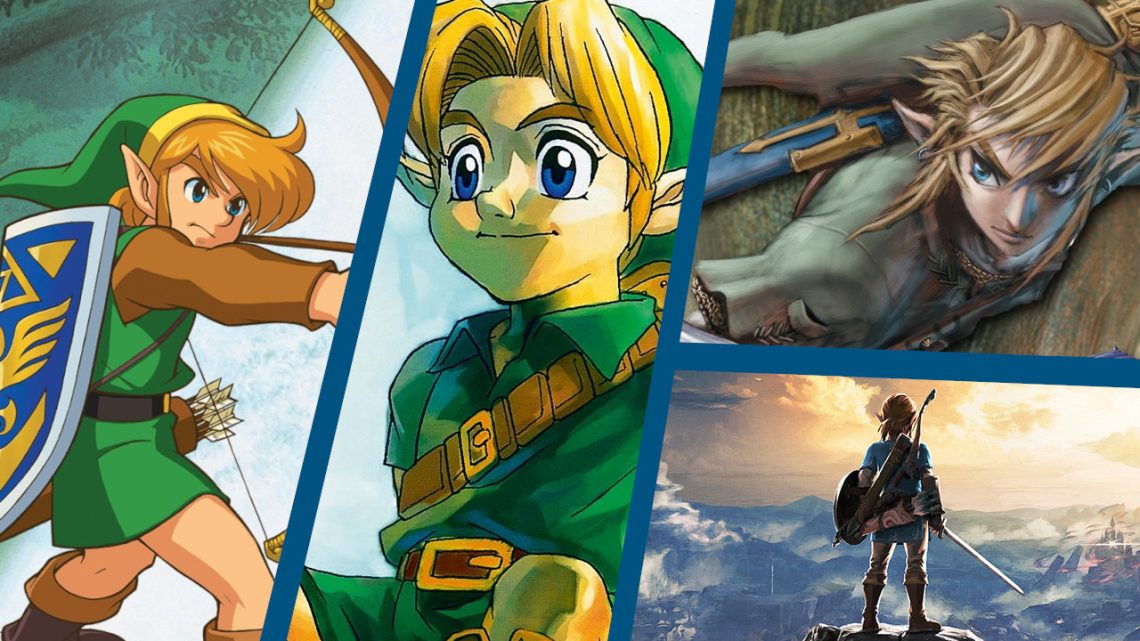Side quests are important and often underrated parts of what makes up the content of many role-playing games. In Legend of Zelda games, which arguably fit into the category of action-role-playing games, side quests have been key in creating the worlds of Hyrule, Termina, the Great Sea, and more. A side quest is a mission that detracts from the main quest and could, for example, include collecting cuckoos for the cuckoo lady to earn an empty bottle (an early side quest from Zelda: Ocarina of Time). Side quests let the player interact with NPCs and from side quests, the player learns the personality of the characters, and the rules and style of the game world is also indirectly expressed to the player.
Western role-playing games like Skyrim, and The Witcher, use side quests in a similar way to Japanese role-playing games like Final Fantasy, and Chrono Trigger. In this article, I compare the side quests in Legend of Zelda games and I try to form an idea of how the role of side quests has changed from how they were used in the mid-eighties, to the present day. Read on to learn some interesting facts about The Legend of Zelda.
Link to the Past and Link’s Awakening
With the original Legend of Zelda on NES, released in 1985, the gameplay was made up of exploration, combat, and puzzle solving. There were secrets hidden in the overworld, and some NPCs in caves, but the trope of the ‘side quest’ in role-playing games was only just starting to emerge. Text-based role-playing games that were popular in the West in the early 80’s such as ZORK had sprawling pathways and no graphics and were important in the evolution of role-playing games. However, extra objectives such as collecting upgrades while they existed in early role-playing games of the 80s, weren’t held together with non-player characters who had personality and added to the world-building. Starting with the third Zelda entry, A Link to the Past, side quests became a major part of what made Zelda so appealing.
Early on in A Link to the Past, the player has the choice to search for pieces of heart. Four heart pieces make up a full heart container and add a heart permanently to your character. The hearts are often locked behind fetch quests, or you can find one just through exploration. Sometimes you’ll have to interact with an NPC, sometimes you won’t have to. The option to channel your time on the side quest of collecting heart pieces, rather than on the main quest, gives you agency in the game world. This helps to make the game enjoyable and allows you to customize your character (from a certain perspective). There are many other side quests in the game, such as finding the empty bottles. These can be used to transport interesting items such as fairies and potions. The more you have, the easier the adventure could become.
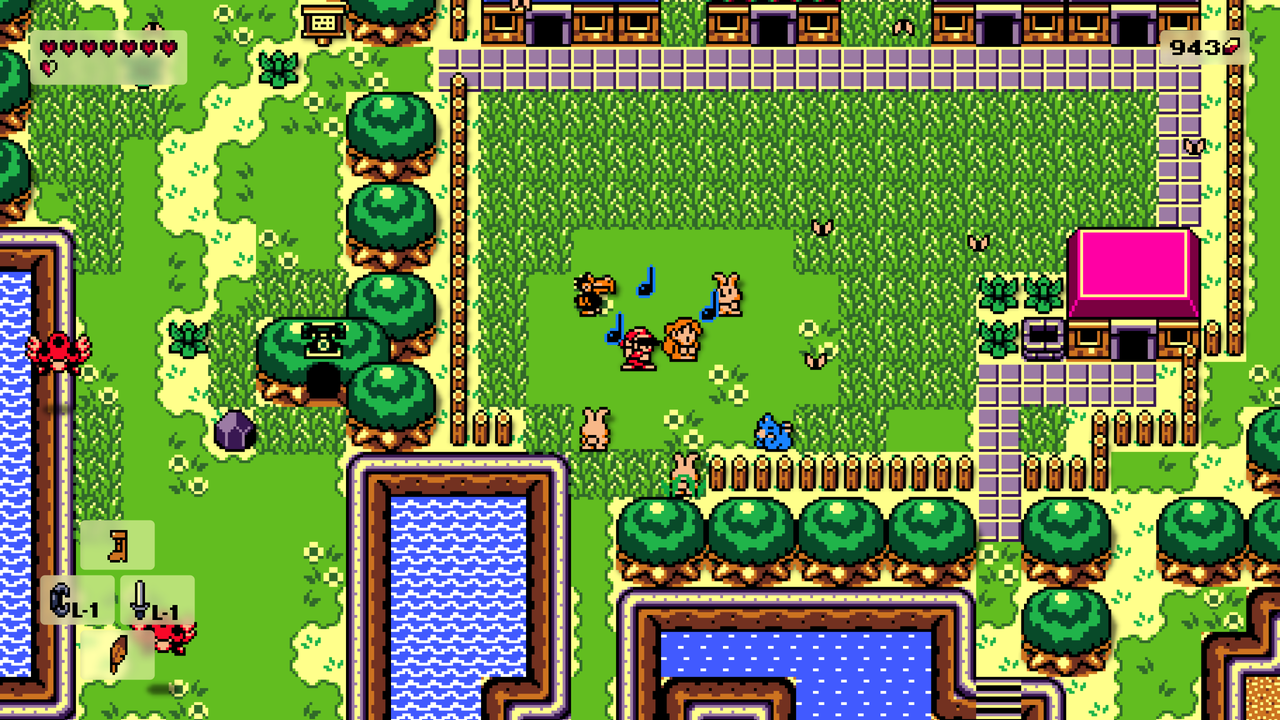
Zelda: Link’s Awakening (1993) had a side quest that went against convention. It had a side quest that was necessary to complete the main game. I guess it could be described as a non-optional side quest. This was the trading side quest that began with the player winning a Yoshi doll from the Trendy game in Mabe Village. In the quest, you give items to various characters who always give you something in return. It is necessary to give the bananas to Kiki, the monkey around halfway through the game (and halfway through the trading sequence) so that he can create a bridge to Kanalet Castle. This side quest has a few other parts which are necessary. So, its a trading sequence sub quest that is essential to the completion of the game. It’s a fun side quest and weaves in and out with the main quest so, despite not being optional I think it’s a good addition to the game. Whether it can be defined as a side-quest is a different matter.
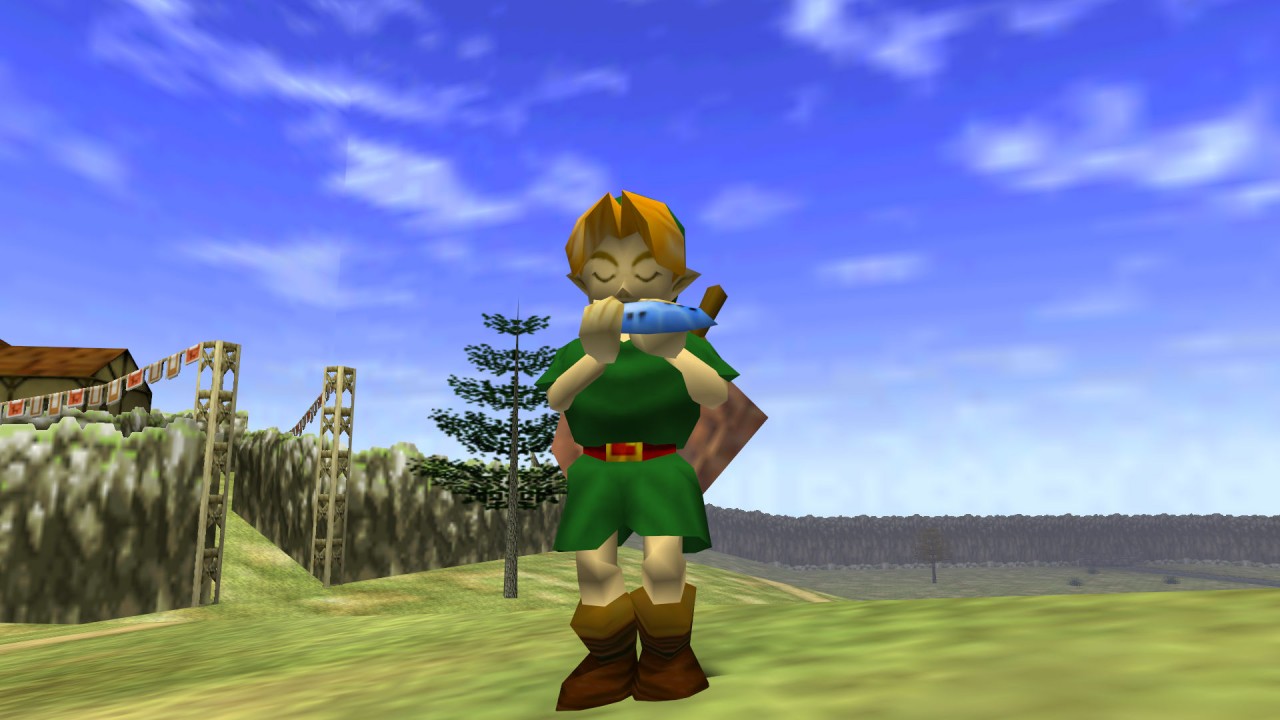
Ocarina of Time and “Vanilla” side quests
When Zelda made the leap to 3D, it retained the basic structure of A Link to the Past. This included most of the side quest elements. The big side quests in Ocarina of Time are the mask side quest as child Link, and the Biggoron Sword side quest as adult link. The mask quest requires Link to explore and find NPCs who are interested in purchasing masks. Links gets these masks from the Happy Mask Salesman in Hyrule Castle Town. He is a mysterious fellow who also is a key character in Ocarina of Time’s sequel, Majora’s Mask. The end item of the side quest is the Mask of Truth, which allows Link to talk to gossip stones (and learn interesting snippets of info about the game world).
The Biggoron’s Sword quest includes timed sections where you must travel across the game world to a specific character (without warping). The reason given for the time limits are things like Link being given medicine that will spoil if you don’t take it to the scientist at the lakeside laboratory. These sections are fun, and it’s a buzz when you make it with only seconds to spare. However, the side quests in Ocarina of Time are nowhere near as complex, emotive, or as well executed as the side quests in the next game.
In Zelda games up to this point, side quests were important to realizing the game world with its characters, history, and more general world building. In Majora’s Mask the structure of the main quest is altered and the game revolves around a three day cycle where the NPCs have set schedules. This makes side quests key to the experience, as interacting with NPCs has the potential to change their schedule and have knock on effects with other NPCs. In other words, your actions in side quests, will directly and indirectly effect future events. In this way the game is side quest heavy, and unique in the Zelda series for putting side quests front and center of how Link has a meaningful impact on the game world.
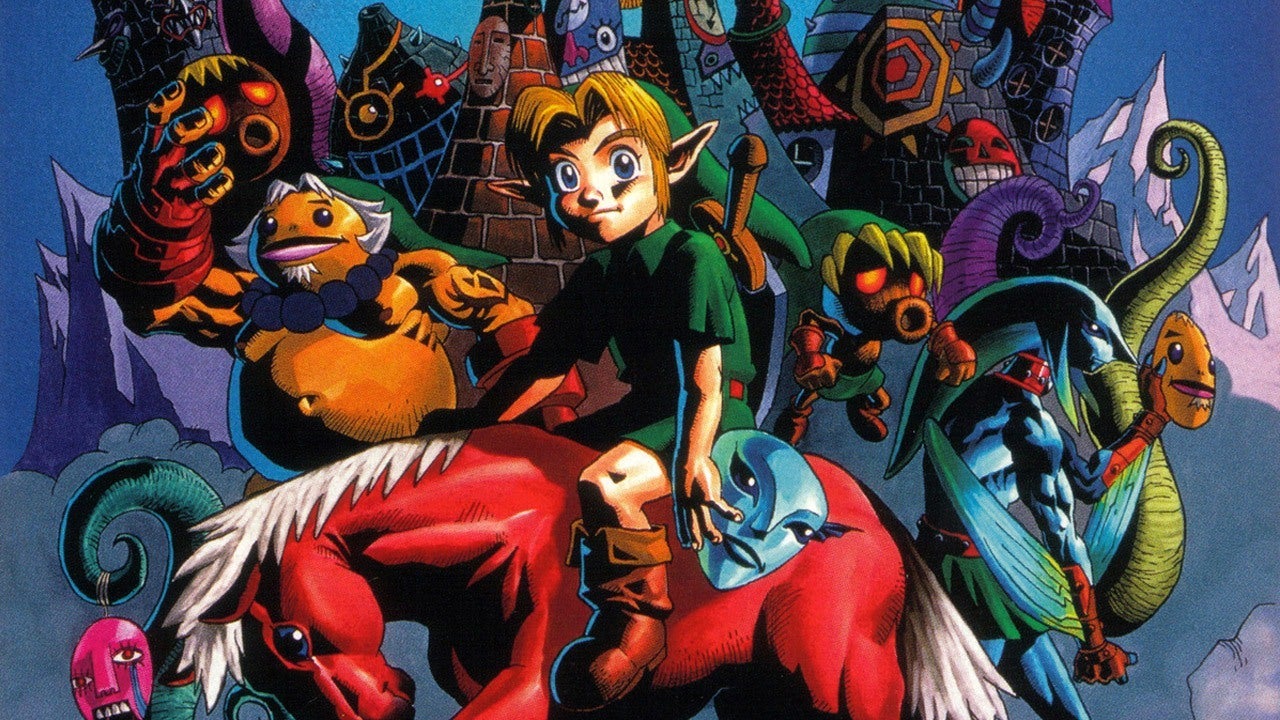
Clock Town – A living, breathing world
The Anju and Kafei story is probably the most ambitious and intricate side quest in the whole series. It involves the player manipulating the paths of many NPCs (not just Anju and Kafei) to allow Kafei to steal the couple’s mask on the last night of the three-day cycle in order to allow Anju and Kafei to spend their last few minutes together before the moon falls. This romantic tragedy is well executed and is highly likely to bring a tear to your eye. From the complexity of Majora’s Mask (in terms of side quests) the series never went back to having a game centered around the lives of NPCs. Majora’s Mask is the Zelda game with the most (meaningful) side quests. There are only four dungeons, and the amount of heart pieces, upgrades, and new items is vast. This gives the player so much choice in what they want from their experience. Majora’s Mask was well ahead of its time, and while Breath of the Wild (and Tears of the Kingdom) can rival it in terms of the number of side quests, the majority of those in Breath of the Wild (and Tears of the Kingdom) aren’t as rich, and meaningful as in Majora’s Mask.
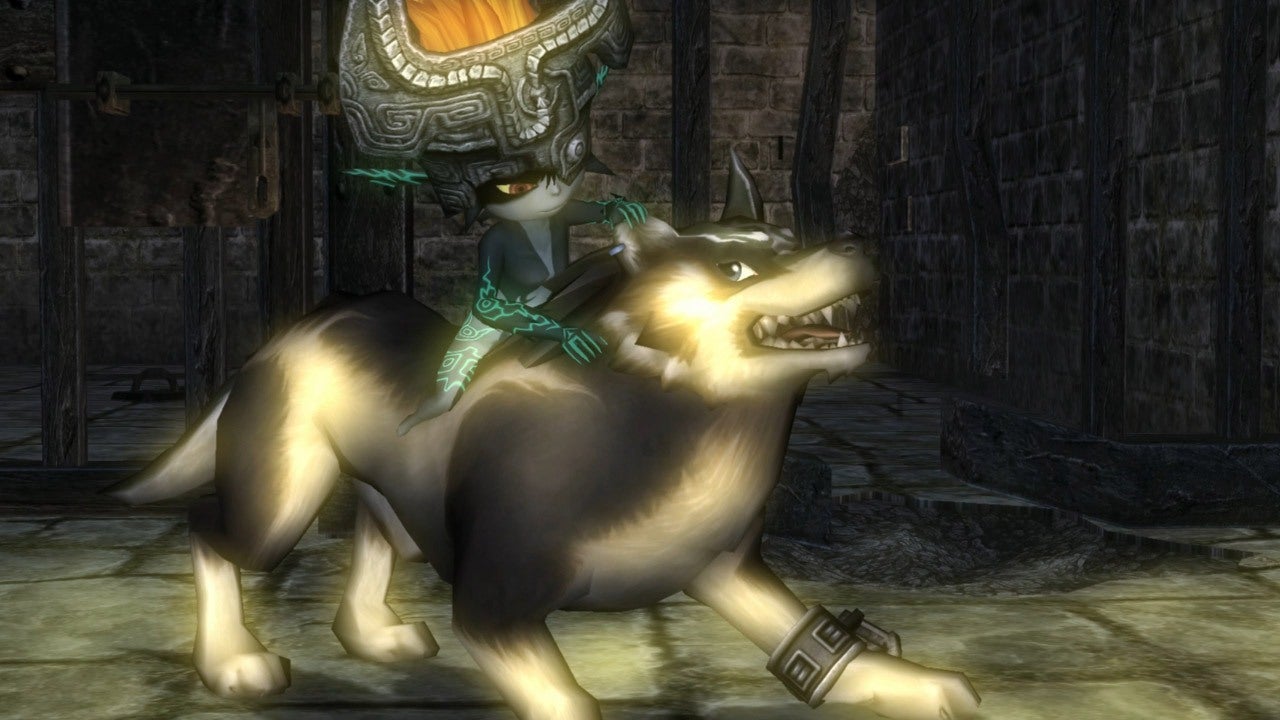
Skyward Sword, Wind Waker, and Twilight Princess
After the experiment that was Zelda: Majora’s Mask for N64, Nintendo went back to the same formula and structure that had made A Link to the Past, and Ocarina of Time great successes. Three smaller dungeons followed by a reveal of a second world and four or five more dungeons. While that structure isn’t a rule, it was generally followed in A Link to the Past, Ocarina of Time, Wind Waker, and Twilight Princess. All of these games had great side quests. In Twilight Princess, there was a homeless man in Hyrule Castle Town that you could donate money to. Once you reached a certain amount he would reward the player with a piece of heart. There was also the Poe collecting. In Ocarina of Time, there was a Skulltula house that rewarded players with bigger wallets upon reaching a milestone of Skultulas. In Twilight Princess a similarly cursed family has the potential to make Link rich if he collects poes. Too bad that there’s not much to spend rupees on in Twilight Princess (although there is a great-looking suit of armor available to buy later in the game).
In Skyward Sword, the side quests are centered in a hub-like area, similarly to in Majora’s Mask. The town in the the sky, Skyloft, has many interesting characters and side quests including helping a character with his love life, finding lost children, as well as mini-games. There’s also the option to upgrade most of your equipment. From Skyward Sword onwards we can see a change in the side quests of the mainline Legend of Zelda games. While properly implemented in Breath of the Wild, from Skyward Sword, the side quests become more numerous and arguably less meaningful. They also begin to be organized better. Whereas in Ocarina of Time, there’s no subscreen to detail side quests still uncompleted and those completed.
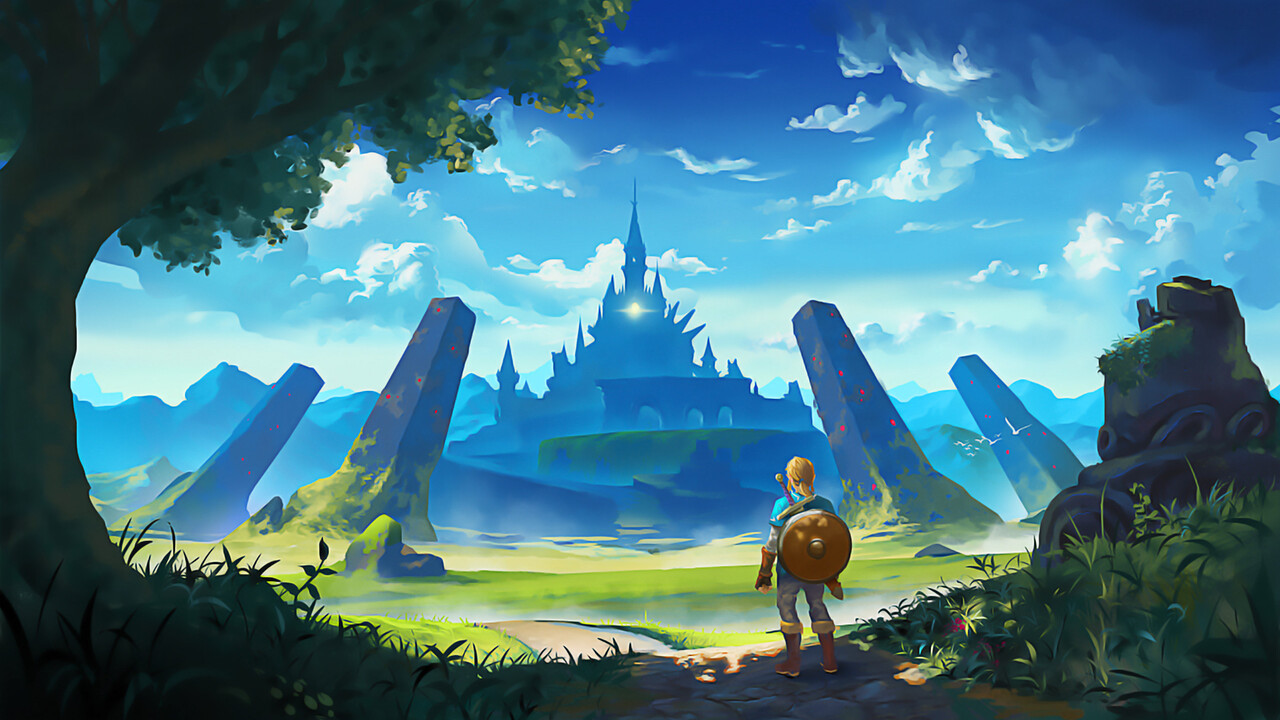
Breath of the Wild, Echoes of Wisdom, and the future
Breath of the Wild was a revolution for the series. The game abandoned traditional dungeon design, and game structure, but implemented an almost flawless open world, cooking, crafting, and hunting gameplay system and over a hundred shrines, or smaller puzzle dungeons. The change was a success on multiple levels, the game is the highest-selling Zelda game by far (followed by its sequel), and the game also has many, many side quests spread around its vast world. The side quests in Breath of the Wild are smaller than in previous games, and there is less narrative emphasis on them. The world is just so large and there are so many characters, that helping one or two doesn’t have an impact on the larger narrative. However, some of the side quests are slightly bigger than others, and there are also Korok seeds to collect. This trend of style of side quests was continued with Breath of the Wild’s sequel, Tears of the Kingdom.
In the latest Zelda game, Echoes of Wisdom, Zelda is the main playable character and the style is top-down, like the old handheld games, and the Link’s Awakening remake from 2019. the game was developed by Grezzo who helped Nintendo remake many titles including Ocarina of Time 3D, and Majora’s Mask 3D. Echoes of Wisdom allows Zelda to clamber over the environments, similarly to in Breath of the Wild but from a 2D perspective. However, it retains traditional dungeons like the older games. Also, the world feels alive with NPCs from races such as the river, and sea Zora, Deku Scrubs, and Gorons.
The side quests are organized in a way similar to Breath of the Wild, but as the world is small Zelda’s actions do feel like they have some effect on the wider narrative, even if it’s small. Judging from Echoes of Wisdom, with its colorful cast of characters and available side quests, we could see a game like Majora’s Mask that centers on side quests being produced at some point soon. Alternatively, the series may follow a more linear approach, where side quests aren’t important or are even completely removed. However, it’s most likely that Zelda will follow a path somewhere in between these options.
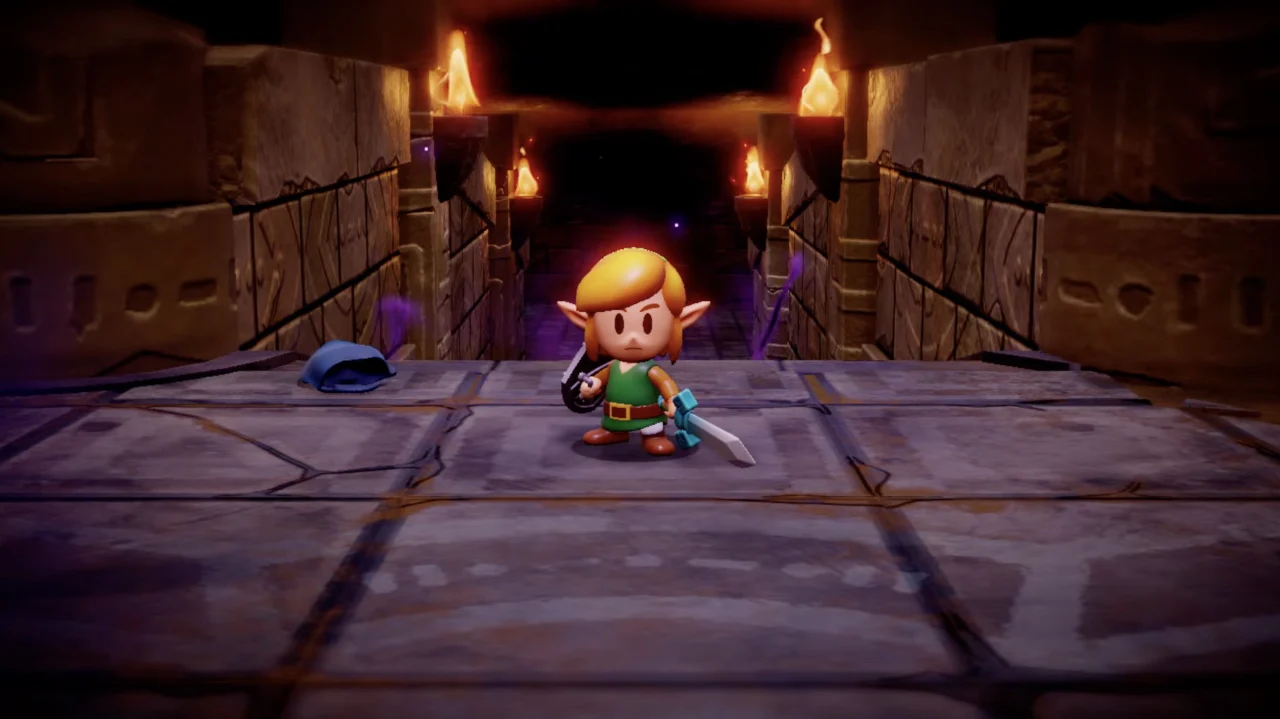
Conclusion
The side quest has long played a role in The Legend of Zelda games. From fun mini-games and bottle collecting in Link’s Awakening and A Link to the Past, to longer, incremental side quests in Ocarina of Time, side quests formed a considerable part of the Zelda experience. With Majora’s Mask, the game was built around side quests, and they were more emotive and had a bigger impact on narrative than before. With Wind Waker and Twilight Princess, the position of the side quest returned to how it was in Ocarina of Time (more or less). Then, with Breath of the Wild we saw more side quests, however they had less importance. Finally, with Echoes of Wisdom, we see a richly detailed world that takes elements from most previous styles. So where does the series go from here.
The side quest is still a feature of most (if not all) traditionally turn-based and action role-playing games. In part due to that fact it is unlikely Nintendo will completely cease to include side quests in Zelda games. Some of us may want Nintendo to reintroduce a game that is based on side quests. We now know that Nintendo has said that they will try to revamp the series again now that Tears of the Kingdom has concluded the era of the Hero of the Wild. If Echoes of Wisdom is a clue, then the next Zelda will have a vibrant and full cast of characters and races, and if that is to be true, then definitely expect a good side quest or two.

